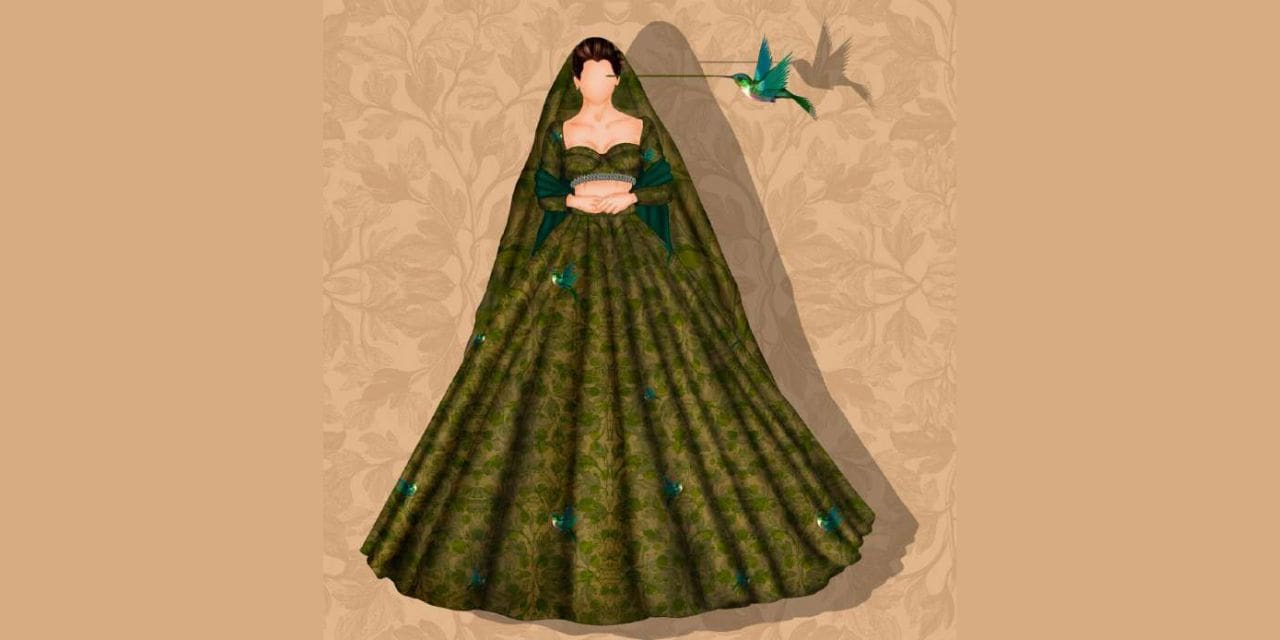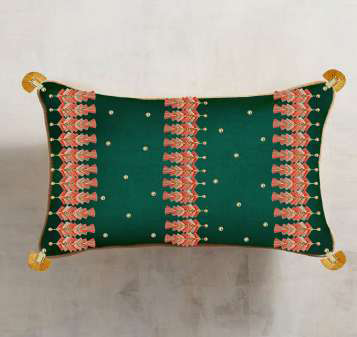TEXTILE INDUSTRY TAKES A DIGITAL LEAP
After agriculture, the textile sector is India’s second largest industry. It not only employs many people but also contributes significantly to the Indian economy. Textile production is one of the primary operations carried out in the textile sector that results in the creation of new employment. Since the previous decade, there has been a significant shift in Indian textile patterns, making it difficult for value-conscious
designers to keep up. Since the textile industry’s digitization, there has been a significant transition away from hand drawn drawings and design drafts.
Today, the textile sector is making significant strides toward digitization. If you are acquainted with this term and are still wondering how and why digitalization is occurring in the textile business, then you are about to delve into the depths of current textile breakthroughs
and trends that will soon take the industry by storm!
Digitalization, which is significantly affecting the textile value chain, is more than simply a little click for completing your desired activities; it extends beyond the click and picks. Today, a textile designer may create a fabric, verify its repetition, check its appearance as
a fabric or as a finished product, and have hundreds of those designed textiles made with the click of a button!
Is it graphic design if it’s so simple? NO! While many aspiring designers devote their valuable time to learning graphic design, many are unaware that they are aiming for the wrong fish. The textile design process includes systems with built-in software that automatically
matches swatch color, resulting in finished goods that are precisely what you saw and designed on the screen.
Digital Textile Design teaches students and practitioners of textile design all they need to know about designing and printing digitally. Textile designers are realizing the creative possibilities of digital textile design and are quickly catching up with graphic designers who have gone digital.
The emergence of digital textile printing brings significant benefits to more than just production. Digital printing technology also removes some significant constraints that traditional printing imposed on designers. As a designer, digital printing allows you to broaden your creativity while also allowing you to better adapt to market demands.
Advantages of Digital Textile Design Textile designers have become used to the constraints imposed by traditional printing over the years. These constraints are now inextricably linked to the design process. However, a new generation of designers is emerging, and more and more designers are becoming aware of the benefits that digital textile printing can provide.
1. A broader color palette from which to select Colors are created on a micro level by combining minuscule dots of the fundamental process colors in a digital textile printing machine. That implies a digital textile printing machine can produce approximately 16 million distinct colors in total. Consider what you can accomplish with such a diverse color pallet at your disposal. Only a limited number of colors may be utilized in traditional printing. For example, if you have an eight-color rotary screen printing equipment, you can only produce designs with those eight colors and no others. Furthermore, you must divide your design according to the number of colors you intend to utilize. Each color utilized in your design necessitates the usage of an additional screen, thus it is preferable to use a single screen. That severely limits the amount of creativity you can put into your design. Digital textile design has no color limits and saves time because you no longer must separate colors.
2. Designs that are one-of-a-kind and do not recur In traditional textile printing, you deal with screens, which means that as a designer, you must constantly consider the possibility of a repeat in your design. This implies that the length of the one-of-a-kind design is governed by the circumference of the screens, and the design will be repeated throughout the fabric. The most popular screens have a circumference of 64 centimeters, implying that each 64 centimeters of cloth has the same design. However, with digital printing, you may create a one-of-a-kind design without being constrained by the constraints imposed by a screen. Your design may be if you want it to be. The only theoretical restriction is the size of the file you choose to generate. That implies you may, for example, design a garment with a front and backside that do not replicate (unique image from bottom to top).
3. Fast altering sample design Design is a time-consuming endeavor. As a designer, you are responsible for making the necessary adjustments for the customer. Adjusting is traditionally a time-consuming procedure. You may use digital textile design to not only make rapid modifications to the sample design, but also to swiftly develop variants for the same.
The benefits of an e-textile swatch interface include
• Reducing the number of fabric swatch books made and the waste associated with disposing of obsolete fabric swatch books
• Reducing the number of textile prototyping periods.
• Reduce the amount of unneeded stock fabric.
• Improve the problem of transport pollution generated by delivering physical fabric swatch books and sample textiles.
Why does your textile manufacturing firm require digital textile design?
The textile and clothing sector is India’s second largest industry. Every year, India exports millions of tons of fabric throughout the world. Keeping up with the trend and offering something better than the competition is always a fantastic approach to stay ahead in the market. The following are some of the reasons why you should use digitalized textile design in your business.
It saves a lot of time that would otherwise be spent on traditional design;
• It improves the fabric effects in your design sample and makes it appear more authentic.
It allows you to give more design variants with realistic representation.
Excellent for e-catalogues. Clients can be given e-catalogues.
Only sell designs on the internet. Through automation, it is possible to link to looms such as jacquard and powerloom.
Future Scope and Limitations of Textile Industry Digitalization
With the digitization of the textile sector, there will be tremendous technological development. It would save a lot of time, personnel, and money while producing outstanding outcomes and a wide range of options. Digitalization is an obvious future that will result in significant advancements in the textile sector. Despite this tremendous progress, the textile sector may lose the allure of traditional and modern fabrics owing to digitization. However, advancement is never a negative thing. It unquestionably opens the door to new chances and achievements.



